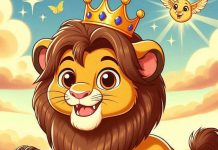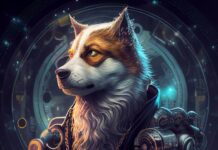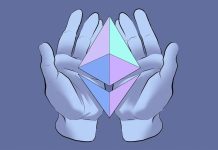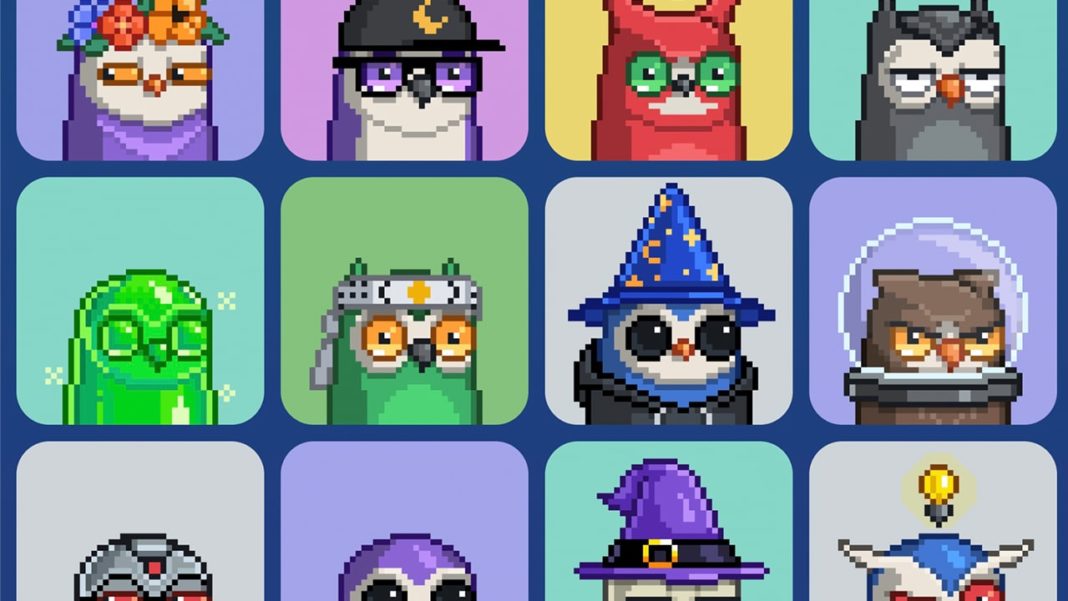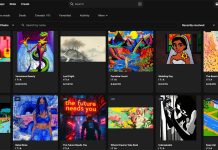Things move fast in the NFT space. Although the ecosystem as a whole does experience periods of stagnancy, for the most part, trading NFTs has become a “blink and you’ll miss it” sort of game. Just in case that wasn’t clear already, a new project called Moonbirds popped up recently, taking the NFT market by storm and reminding traders of the difference a single day can make.
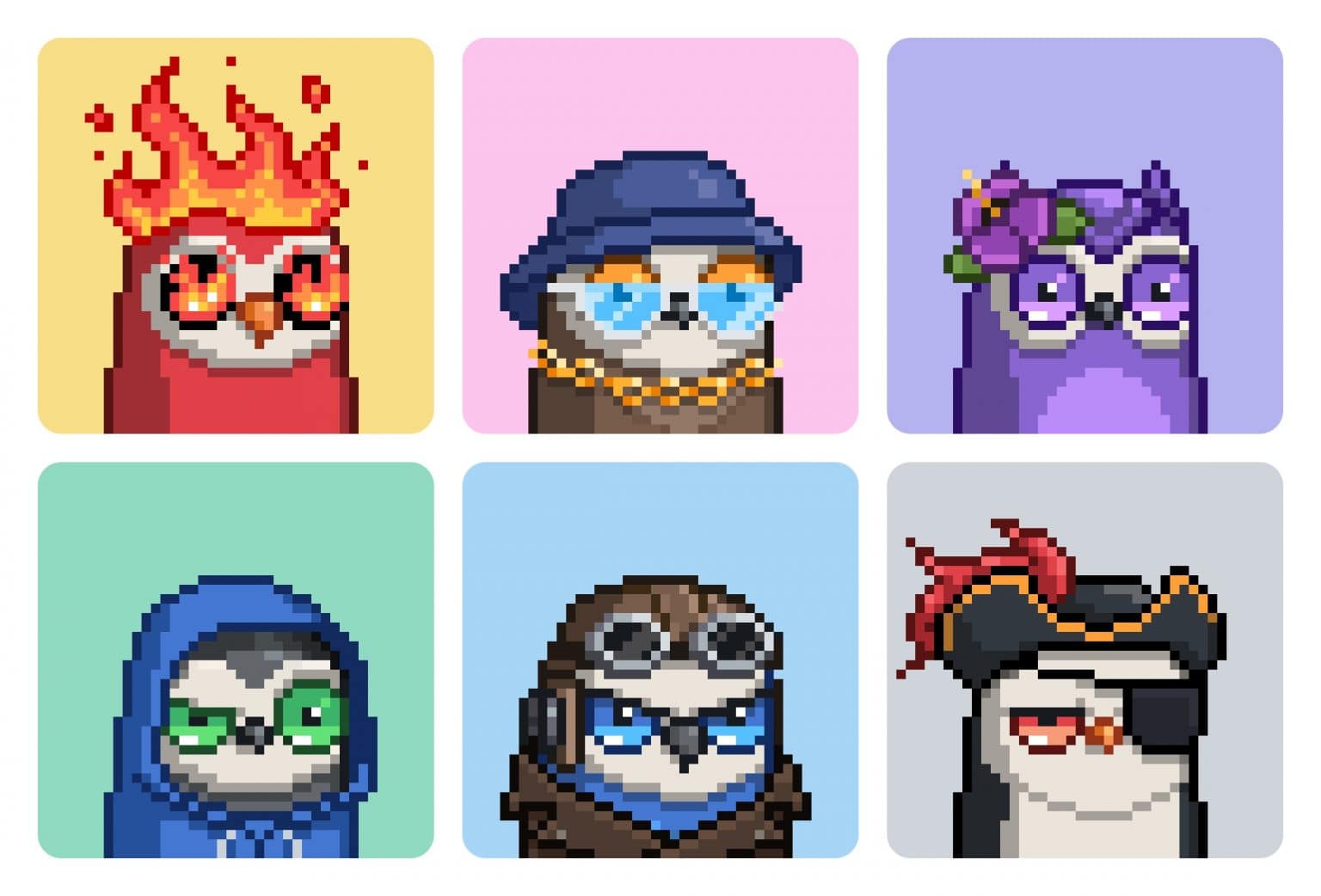
A generative, large-scale avatar NFT endeavor, Moonbirds shocked the NFT ecosystem by quickly becoming one of the highest-grossing NFT collections of all time – and it’s only been around for less than a week.
What the heck is a Moonbird?
Over the past few months, we’ve only seen a few collections (i.e. Azuki and Doodles) cause significant ripple effects throughout the NFT ecosystem. Yet Moonbirds – created as part of prominent American Internet entrepreneur Kevin Rose’s PROOF Collective – has served to blow numerous established PFP collections straight out of the water, illustrating the dominance that both avatar-style NFTs and prominent NFT influencers have on the market.
As of April 21, Moonbirds (launched April 16) has achieved upwards of 100,000 ETH (around $295 million) in secondary sales volume. This is of course after the project raked in around 19,687 ETH (just over $61 million) from the public sale of 78 percent of the full token supply (with the rest reserved for PROOF Collective members and future brand endeavors).
Although undeniably a monumental moment for the weird wide world of nonfungibles, the explosive nature of the Moonbirds collection has both revealed some interesting insights about the state of the NFT ecosystem, while also stirring up a bit of controversy throughout the community.
Moonbirds and the PFP NFT market
Moonbirds has come at a time when PFP NFT sales are surging. Projects like CryptoPunks and the Bored Ape Yacht Club undoubtedly helped set the stage for endeavors like Moonbirds to exist, and membership-based avatar projects have continued to maintain their popular status in the NFT space.
Yet, the ever-expanding PFP market should be taken with a grain of salt. Although PFP projects have made some collectors rich, they also seem to be the perfect method for scammers to relieve uneducated NFT enthusiasts of their crypto.
Similarly, many within the NFT community have also become wary of the PFP NFT trend, remarking that these large-batch NFTs are but one use-case of non-fungible tokens, and are not indicative of the health of the entire NFT ecosystem. This is especially true as NFT gaming, science NFTs, music NFTs, NFT films, and more are having to fight to gain traction in the shadow of the PFP market. While PFPs being the posterchild of the NFT market may be exciting to traders and investors, the general public has vastly differing opinions on pictures of cartoon apes.
It’s also important to address that Moonbirds entered into the space while the NFT community is currently clashing over the utility of 1/1, small-batch, and handcrafted art NFTs. As the market continues to be saturated with avatar projects, independent artists have continued to find displeasure in the state of the NFT ecosystem.


